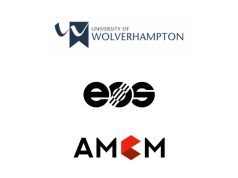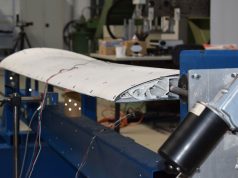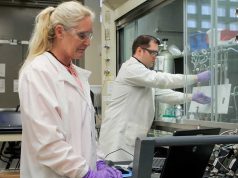Carbon, a specialist in 3D printing technology, announced that its platform of bioresorbable elastomers, currently in development, has proven its biocompatibility in vivo. All samples were found to be non-toxic and have a controllable absorption time. This latest milestone demonstrates the potential of the elastomer for the development of biomedical mesh applications such as soft tissue repair, wound dressings and nerve conduits.
Carbon’s bioresorbable elastomer under development exhibits high mechanical performance, biocompatibility and conformability. The elastomer’s absorption rate can be tailored to a variety of potential applications, making it versatile for a wide range of medical applications. A recent in vivo study also demonstrates the required tissue tolerance and desirable healing responses for an implant over 26 weeks.
“We are very pleased to announce that Carbon’s proprietary platform of bioresorbable elastomers has demonstrated biocompatibility in vivo,” said Jason Rolland, SVP of Materials at Carbon. “These intricate structures, made with Carbon’s Digital Light Synthesis technology, could help solve long-standing problems of optimising mechanical properties and the rate of degradation of an implant. This is a milestone and we look forward to working with interested partners to develop further applications for this plastic.”
Bioresorbable elastomeric lattice structures fabricated with Carbon DLS are leading the way for the development of a variety of biomedical solutions. These include:
- Soft tissue repair: when repairing a torn or thinned tendon, these structures could support existing collagen-based xenografts and allografts by reducing the inflammatory response, increasing elasticity and directionality, and improving the durability of mechanical properties.
- Wound dressings: Absorbable mesh-structure wound dressings could promote healing while maintaining constant tension over an uneven surface. They could also improve range of motion during healing while reducing the need for frequent dressing changes and associated pain.
- Nerve channels: The peripheral nervous system can be damaged in a number of ways, with severe injuries requiring surgery by a neurosurgeon. Carbon’s bioresorbable elastomer could complement existing methods by increasing flexibility, permeability, nerve inductance and nerve conduction.
- Space-filling application: In soft tissue surgery, a vacant space can be filled with the bioresorbable elastomer after removal of a mass, allowing ingrowth of natural tissue and avoiding deformity.
- Temporary mechanical support: Resorbable cushion-like mesh structures could be used in a variety of surgeries where tissue tension or compression needs to be maintained after surgery to minimise leakage or bleeding, or to hold soft tissue in place during healing.
Find out more about Carbon at carbon3d.com.
Subscribe to our Newsletter
3DPResso is a weekly newsletter that links to the most exciting global stories from the 3D printing and additive manufacturing industry.




























